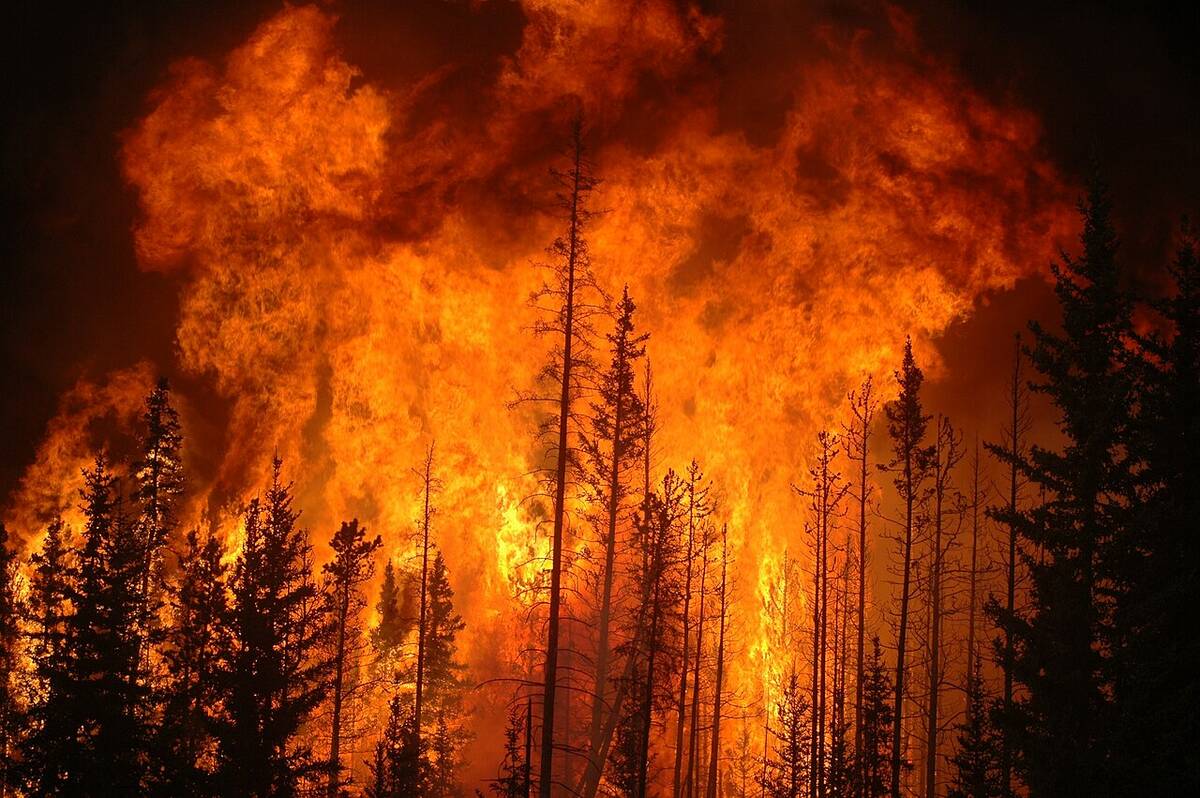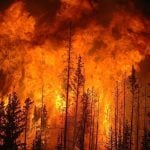The first half of last issue’s forecast played out pretty darned close to what the weather models predicted.
We saw a fairly strong area of low-pressure track through central Manitoba early in the forecast period, and this low was followed by a quick shot of colder air. The second low did develop and brought a little more snow than expected to northern regions late last week. The final low did as expected and stayed to our east.
Behind these lows, the door was opened for Arctic high pressure to drop southward and that is exactly what happened. What did not pan out was the rapid return of warm air, but in fairness, I did say confidence in the second half of the forecast was low.
Read Also

YEAR IN REVIEW: 2025 a year of weather extremes
Wildfires, drought and flash floods, oh my! Looking back at the year’s headline-grabbing events in Canada and around the world.
For this forecast period, overall confidence is relatively high. That is what happens when Arctic high pressure starts to dominate the weather pattern.
After seeing a couple of weak areas of low-pressure ripple through our region ahead of the main push of Arctic air, by the start of this forecast period Arctic high pressure should be firmly in place, bringing with it the coldest air of the season.
Expect daytime highs in the -20 to -24 C range with overnight lows falling to -30 C under mainly clear skies.
By the weekend, the Arctic high should drift off to the east and this will allow the flow across our region to become more westerly. An inverted trough of low pressure could bring some clouds, flurries and milder temperatures on Saturday and Sunday, with daytime highs warming to around -12 C.
To start the week of Dec. 12, the weather models are leaning toward a weak northwesterly flow. Should this develop, it would mean near- to slightly below-average temperatures along with only a small chance of occasional flurries as weak areas of low pressure move through our region.
Looking further ahead, which can be dangerous at this time of the year, the weather models show a continuation of near-average temperatures with no strong indications of extreme cold or stormy weather patterns developing.
Usual temperature range for this period: highs -15 to -1 C; lows -25 to -10 C.
















